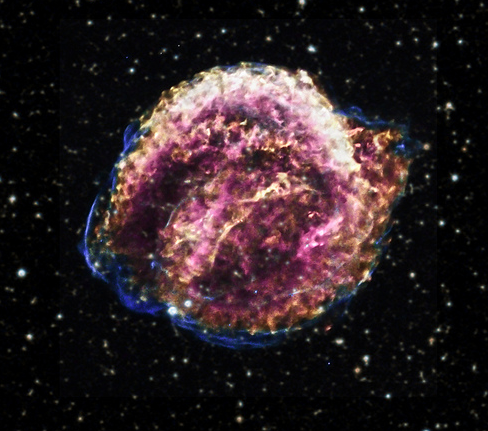New Scientist
Image: NASA’s Marshall Space Flight Center
It is the oldest telescope in the world – and it lies at the bottom of the ocean. Ancient sea floor sediments have revealed that a supernova exploded during the Pliocene era and may have caused a minor extinction event on Earth.
Levels of radioactive iron-60 suggest the supernova was between 60 and 300 light years away, says Brian Fields of the University of Illinois at Urbana-Champaign. “It didn’t hit us or we wouldn’t be here.” Radiation from the blast could have weakened Earth’s atmosphere, he says, exposing organisms to the sun’s ultraviolet radiation. This coincides with an extinction peak, but Fields says there is no direct evidence of a link. Read more on newscientist.com…








